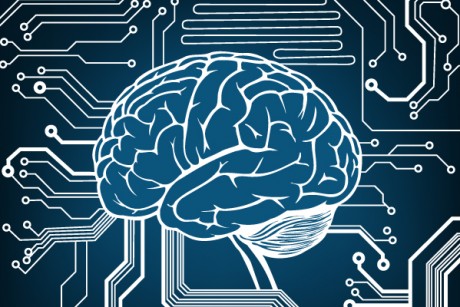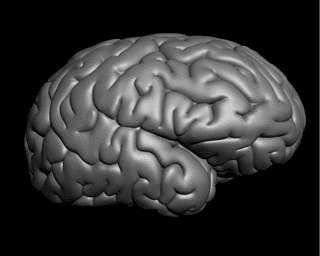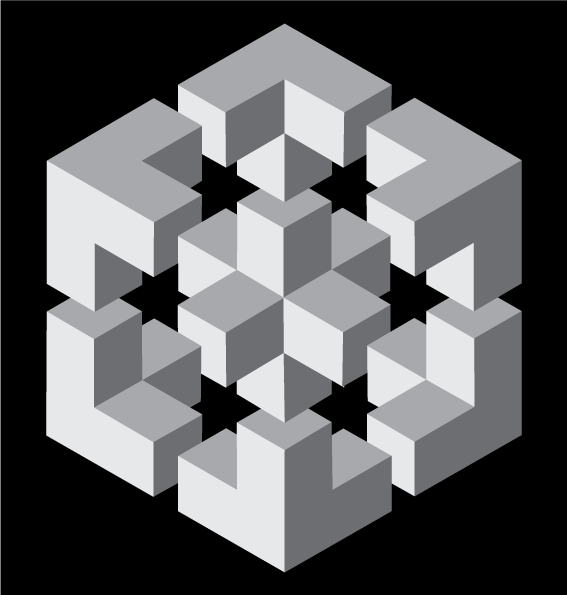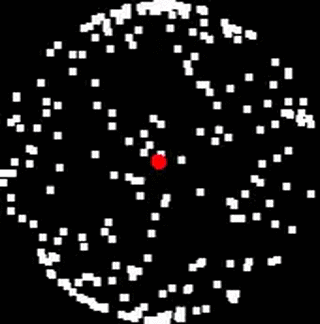Research
Neurotechnology
 We live in an exciting age of neurotechnological development. Brain-technology interactions yield great potential both for improving our understanding of the neural mechanisms that make us who we are, as well as for creating (therapeutic) interventions that can compensate for neurological and neuropsychiatric defects. Such innovations also come with novel ethcal considerations that should not be ignored. We wrote about these developments in this recent paper. I am also involved in the international INTENSE consortium that ambitiously aims to develop brain implants to improve the lives of people who are blind, deaf or paralyzed, or who have epilepsy.
We live in an exciting age of neurotechnological development. Brain-technology interactions yield great potential both for improving our understanding of the neural mechanisms that make us who we are, as well as for creating (therapeutic) interventions that can compensate for neurological and neuropsychiatric defects. Such innovations also come with novel ethcal considerations that should not be ignored. We wrote about these developments in this recent paper. I am also involved in the international INTENSE consortium that ambitiously aims to develop brain implants to improve the lives of people who are blind, deaf or paralyzed, or who have epilepsy.
Translational neuroimaging & brain stimulation
 In recent years, I have established the Translational Neuroimaging lab within the Vision & Cognition group (Prof. Roelfsema)
and in collaboration with the Neuromodulation & Behaviour group of (Prof. Denys, Dr. Willuhn) at the Netherlands Institute
for Neuroscience in Amsterdam. Here, we aim to map the functional neural networks that drive cognitive functions and
investigate how brain stimulation techniques, like deep brain stimulation can affect these complex neural neural systems and influence behaviour.
In recent years, I have established the Translational Neuroimaging lab within the Vision & Cognition group (Prof. Roelfsema)
and in collaboration with the Neuromodulation & Behaviour group of (Prof. Denys, Dr. Willuhn) at the Netherlands Institute
for Neuroscience in Amsterdam. Here, we aim to map the functional neural networks that drive cognitive functions and
investigate how brain stimulation techniques, like deep brain stimulation can affect these complex neural neural systems and influence behaviour.
Deep brains stimulation of striatal brain areas is a psychiatric treatment option that targets the brain’s reward and motivation circuits. It is used at the Amsterdam UMC and several other centers around the world to treat psychiatric disorders like depression and OCD. In Deep Brain Stimulation, a stimulation electrode is chronically implanted in the patient’s brain. Batteries that are implanted send electrical pulses into the brain that interfere with neural signaling. Whereas, the results of these treatments can be remarkable, the precise local and global effects of stimulation are relatively unknown. This research was launched with support of a VENI-grant from the Netherlands Organization for Scientific Research.
Visual perception & awareness
 The vast amount of visual information that surrounds us every day is an important determinant of our behavior and emotions. Due to the surplus of visual information our brain needs to select information and use standard ‘tricks’ to interpret a retinal pattern fast and accurate. Seeing is therefore much more a matter of brains than of eyes. But how does our visual system pick up the relevant aspects of the visual world and what happens in our brain before we become aware of the things we see? One of my longtime research interests deals with these questions using a range of methodological approaches and stimuli.
The vast amount of visual information that surrounds us every day is an important determinant of our behavior and emotions. Due to the surplus of visual information our brain needs to select information and use standard ‘tricks’ to interpret a retinal pattern fast and accurate. Seeing is therefore much more a matter of brains than of eyes. But how does our visual system pick up the relevant aspects of the visual world and what happens in our brain before we become aware of the things we see? One of my longtime research interests deals with these questions using a range of methodological approaches and stimuli.
Bistable stimuli are stimuli that have two, mutually exclusive, perceptual interpretations. Perception however tends to be unitary causing conscious perception to alternate between the individual interpretations over time. The rotating sphere below is an example of a bistable stimulus. Because there is no explicit depth information the sphere can be perceived to rotate either leftwards or rightwards. In binocular rivalry different images are presented to the individual causing a similar perceptual conflict. Temporal and spatial factors influencing the dynamics of conscious visual experience with rivalrous stimuli can provide us with valuable information about how the brain shapes conscious visual perception
Attention
Attending to a certain aspect of a visual scene has profound effects of the way that aspect is processed in visual perception. Attention can be directed to such an aspect for (roughly) two reason: 1) The aspect ‘pops out’ of the scene. Think of single blue Chelsea soccer jersey in a crowd of red-shirted Manchester United fans; 2) The observer intentionally pays attention to it, e.g. if he is looking for his lost friend wearing a blue shirt. With the latter type of attention one can (to a certain extent) control how the above-mentioned bistable stimuli are perceived.
Motion
 Vision is hardly ever stationary. Imagine yourself cycling through traffic (a typical dutch situation). The traffic is moving around you, you are moving yourself and your eyes as well as your head are moving. Somehow, most of us survive this multi-component motion situation and perception remains remarkably stable. Motion can also be very informative about 3d-shape from 2d-displays (structure-from-motion). Here two things that are classically thought to be represented in different parts of the brain (‘what’ and ‘where’) somehow strongly interact. Understanding motion perception is crucial for understanding visual perception in general.
Vision is hardly ever stationary. Imagine yourself cycling through traffic (a typical dutch situation). The traffic is moving around you, you are moving yourself and your eyes as well as your head are moving. Somehow, most of us survive this multi-component motion situation and perception remains remarkably stable. Motion can also be very informative about 3d-shape from 2d-displays (structure-from-motion). Here two things that are classically thought to be represented in different parts of the brain (‘what’ and ‘where’) somehow strongly interact. Understanding motion perception is crucial for understanding visual perception in general.
Two-photon imaging
The brain is a remarkably plastic machine that continuously changes its activity and functional connections in response to novel experiences. In the neurophysiology lab at Utrecht University, we used two-photon excitation microscopy to study neural dynamics at the population and subcellular level. At the population level, we looked at processes of neuronal adaptation and perceptual learning with in vivo recordings of calcium activity in the visual cortex. With Bart Jongbloets and Geert Ramakers from the Rudolph Magnus Institute at the UMC Utrecht we also performed in vitro imaging experiments of dendritic spine dynamics in hippocampal slices.
